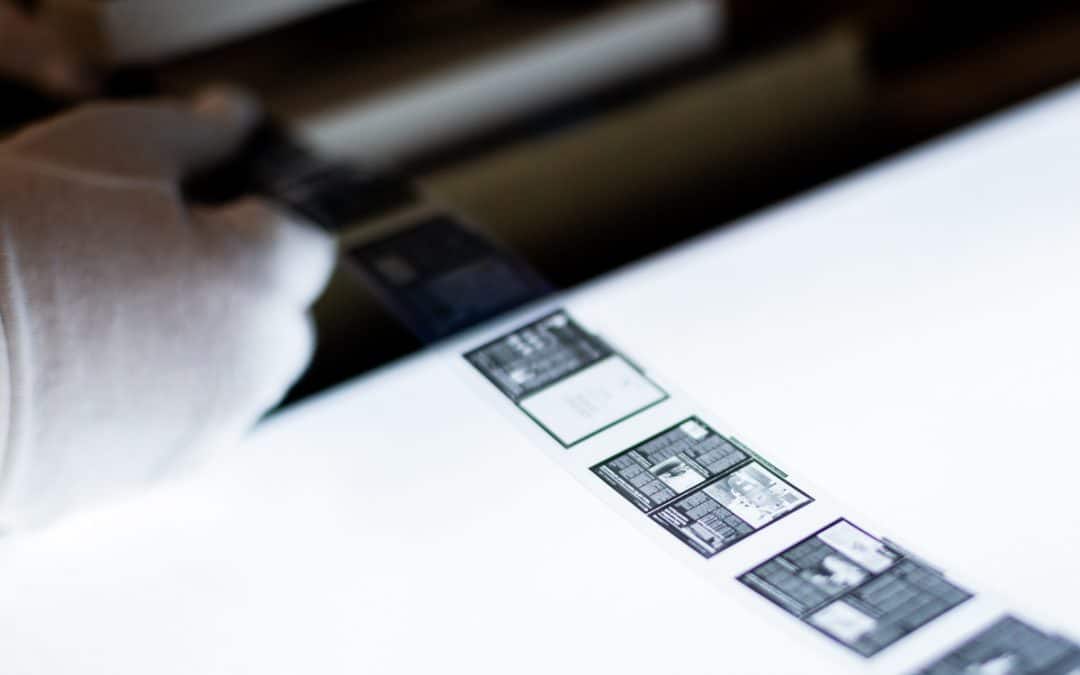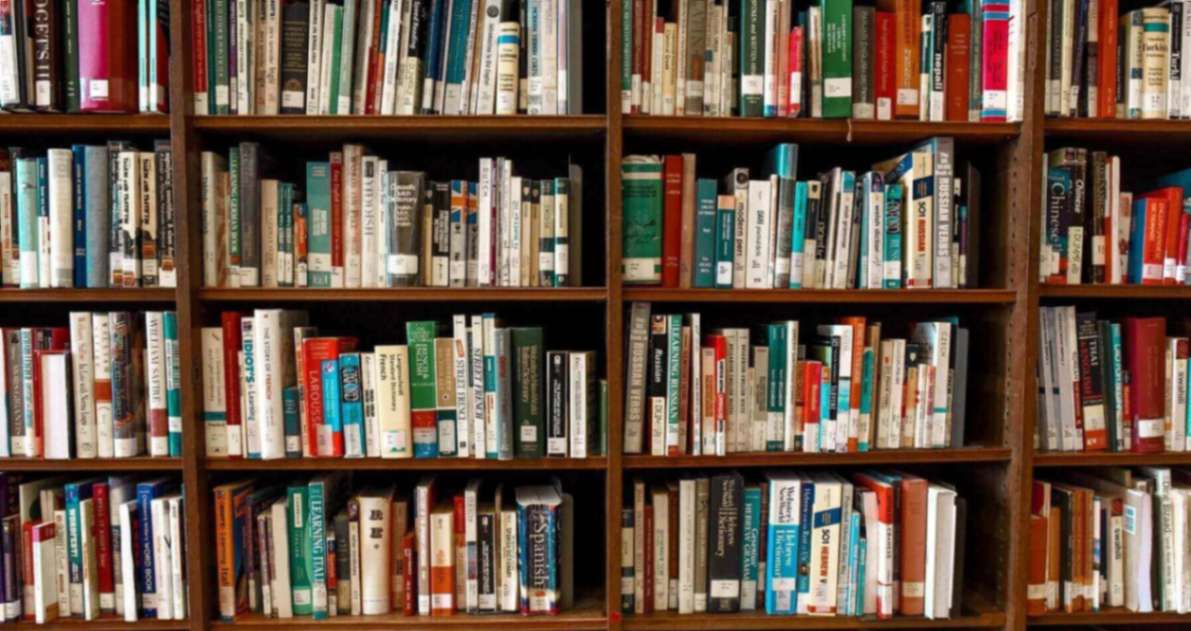Are your documents too important to risk water damage? Safeguard your heritage collections from extreme weather and other natural disasters. At GMS Digital, we understand the critical importance of protecting and preserving your historical and culturally significant collections, especially in the face of Australia’s unpredictable climate.
Australia’s eastern states continuously endure catastrophic rain events and other extreme weather, including devastating bushfires and severe flooding. These events have led to a surge in inquiries about preserving water-damaged and mould-affected records. Some proactive clients have sought to digitise their archives to eliminate the risk of physical damage, while others have faced unfortunate losses.
How Do We Go About Scanning Physically Damaged Records?
At GMS Digital, we specialise in the remedial digitisation of water-damaged and mould-affected records.
We start by inspecting the materials to assess what can be salvaged and digitised, using specialised equipment and methods to maintain the integrity of the original documents. We provide a detailed quotation and scope of work within 24 hours of inspection and offer a priority service to collect the damaged records within two days of quote acceptance.
What are the Critical Steps in Digitising Damaged Records?
- Inspection and Quotation: A fast response is vital as mould spores can spread rapidly in warm, dark, and damp conditions. We recommend moving affected records to a dry area with controlled humidity and temperature (below 21⁰C and 60% relative humidity) and good air circulation to prevent further damage.
- Risk Assessment and PPE: Our team conducts a project risk assessment and provides a Safe Work Method Statement before starting work. Protective clothing (PPE) is worn, including disposable coveralls, respirators, nitrile gloves, protective eyewear, and covered footwear.
- Secure Handling and Transport: Mould-affected files are packed in protective plastic bags and standard archive boxes, which are cleaned before transfer. Files are moved to our scanning facility during times of minimal impact on staff and clients.
- Controlled Environment Processing: At our facility, files are handled in a temperature and humidity-controlled quarantine area to ensure safe and effective digitisation. Our team prioritises handling, preparation, and scanning to minimise further damage.
- Decontamination and Insurance: After digitisation, work areas are decontaminated, and we provide current insurance certificates for Public Liability, Professional Indemnity, and Workers Insurance.
Delivery and Secure Destruction of Digital Files
Upon project completion, digital files are delivered via secure online links or encrypted portable hard drives. We also offer secure destruction of original paper records, generally six weeks after digital file delivery, using a NAID AAA Certified on-site shredding service.
Finally, a certificate of destruction is provided for your records.
Why Choose GMS Digital?
With over 39 years in the industry, GMS Digital has been Sydney’s go-to digitisation specialist. Our business is quality accredited and audited to AS/NZS ISO 9001:2015 standards.
This means you pay for reliability, efficiency, peace of mind, and superior customer satisfaction through consistent, high-quality services. We emphasise risk management and continuous improvement, so we can keep delivering faster turnaround times, cost savings, accountability, and transparency to our clients.
If you are planning to preserve and digitise your collections or have suffered unexpected damage to your valuable archives, contact our team today at 1300 789 684 or info@gmsdigital.com.au for professional, fast, and affordable digitisation solutions.


